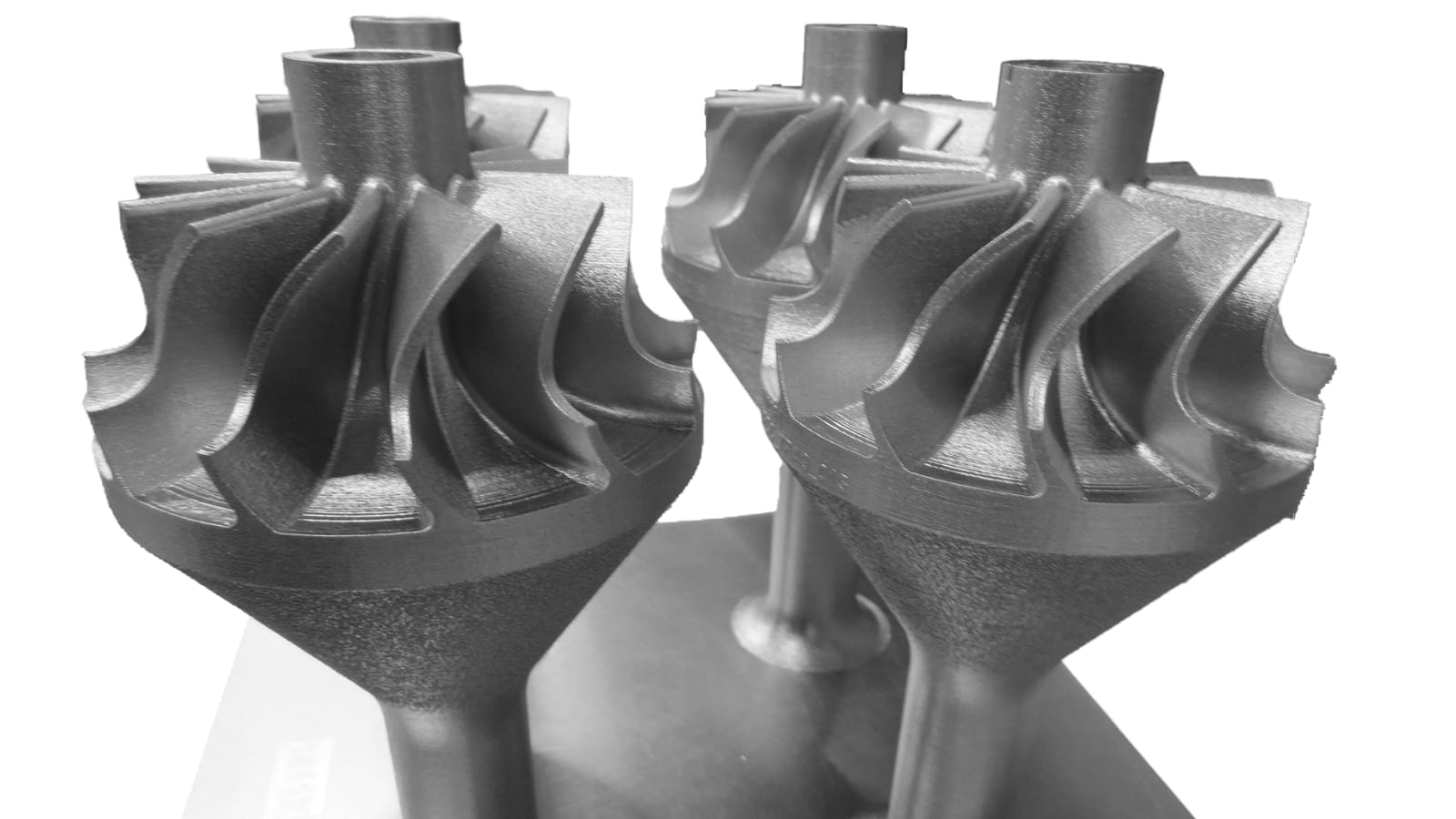Pratt & Whitney has completed a series of tests on its 3D printed TJ150 turbine wheel. The company, an RTX business, reports the tests were successful and represent an advance in their additive manufacturing capabilities. The turbine wheel is notable as one of the first rotating parts to be manufactured using 3D printing technology.

The TJ150 is a compact turbojet engine producing 150 pounds of thrust. It is designed for use in autonomous systems and weapons applications. The engine can be manufactured quickly and has established reliability metrics, according to the company.
“Today we’re fielding and flying static engine parts. Rotating engine components, especially for expendable class applications, is the next step,” said Chris Hugill, executive director of Pratt & Whitney GATORWORKS. “Our testing confirms we’re on track with the engine performing at full operating speeds and temperatures and meeting expected life duration. This technology is transforming how we design, develop and deliver capabilities faster.”
The redesign of the TJ150 was led by Pratt & Whitney GATORWORKS in collaboration with the RTX Technology Research Center. Engineers used a process called unitization to reduce the core module part count from over 50 components to just a few. This reduction decreased both production time and cost. The engine was designed and tested within an eight-month timeframe using in-house capabilities.
This latest round of testing represents a shift from using additive manufacturing for static structures to implementing it for rotating hardware. The development could impact future manufacturing approaches for aerospace components, particularly in military and defense applications.
Source: rtx.com

